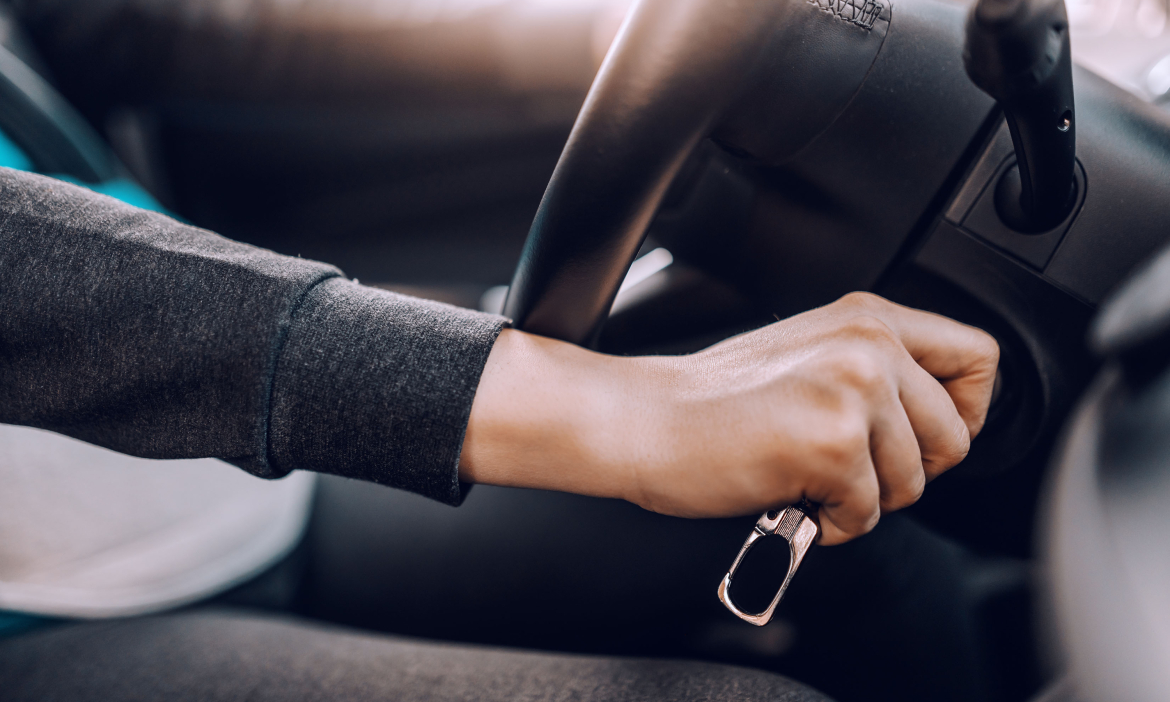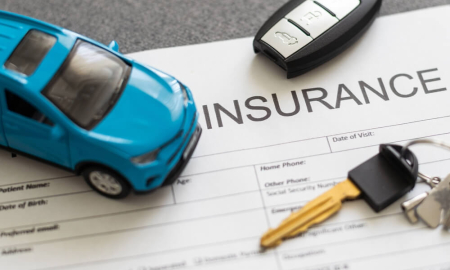If you're expecting there's a few things to consider when you get behind the wheel
As long as you are healthy, there is no problem driving when you are expecting right up until your due date. Some women are however really nervous about it so if you have any concerns however it’s best to speak to a medical professional for advice.
It’s also important to be mindful of some potential discomforts and safety precautions when you and your precious load get behind the wheel.
Nausea
- In the early stages of pregnancy, morning sickness (which some of us will know does not only happen in the morning!) can add to nausea therefore you may need to pull over if you start to feel queasy.
- If you’re feeling particularly nauseous though it’s best not to drive until it settles.
Seatbelts
- The seatbelt can become a little uncomfortable as the bump grows so it’s a good idea to have the lap part of the belt as far under the belly as possible rather that going straight across.
- Keeping the driving seat further back from the steering wheel will give your bump a little more room. It can also help to adjust the height of the steering wheel. That said, you must make sure you can still comfortably reach the pedals and be able to drive safely.
Regular breaks
- Fatigue can also make it harder to concentrate so it’s important to only drive when you feel more alert and always take regular breaks if you are driving a longer distance.
- Regular breaks (every 90 minutes or so) help circulation and ease backache. Plus if you’ve swollen ankles and leg cramps – stopping and rehydrating is essential.
Car Maintenance
- It’s also a good idea to ensure the car is well maintained to avoid any breakdowns and to keep emergency numbers easily accessible on your phone in the event of a puncture or emergency.
Don’t drive when in labour
- It’s also advised not to drive when in labour – sounds like an obvious one but people do it and it is not safe as contractions can escalate really suddenly leaving you incapable of driving.



